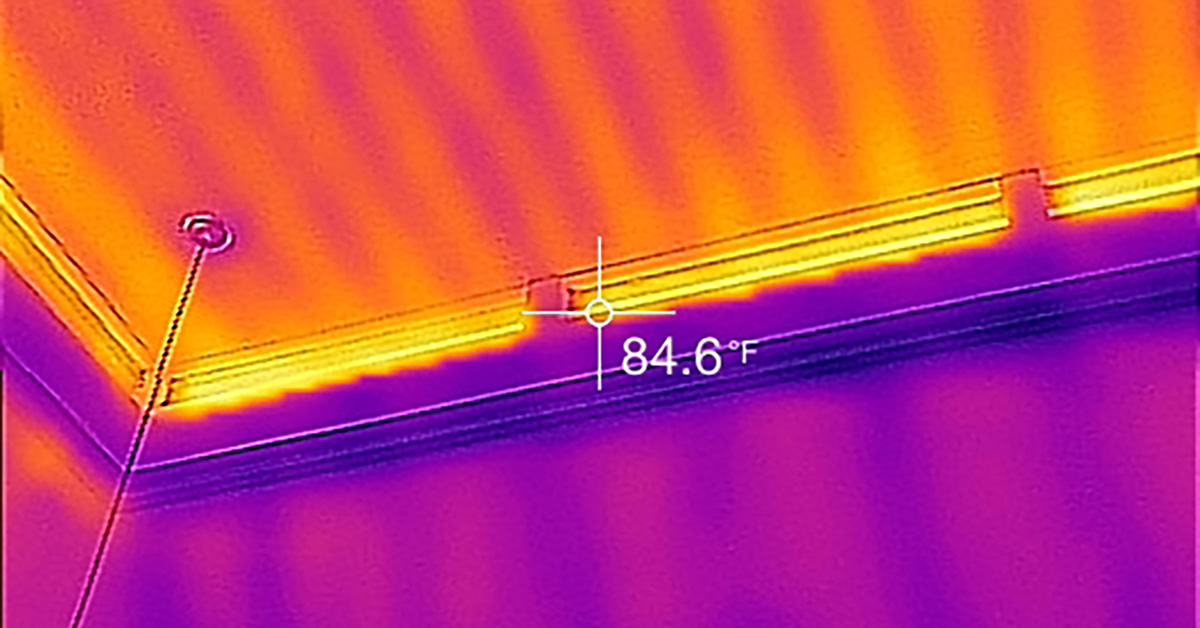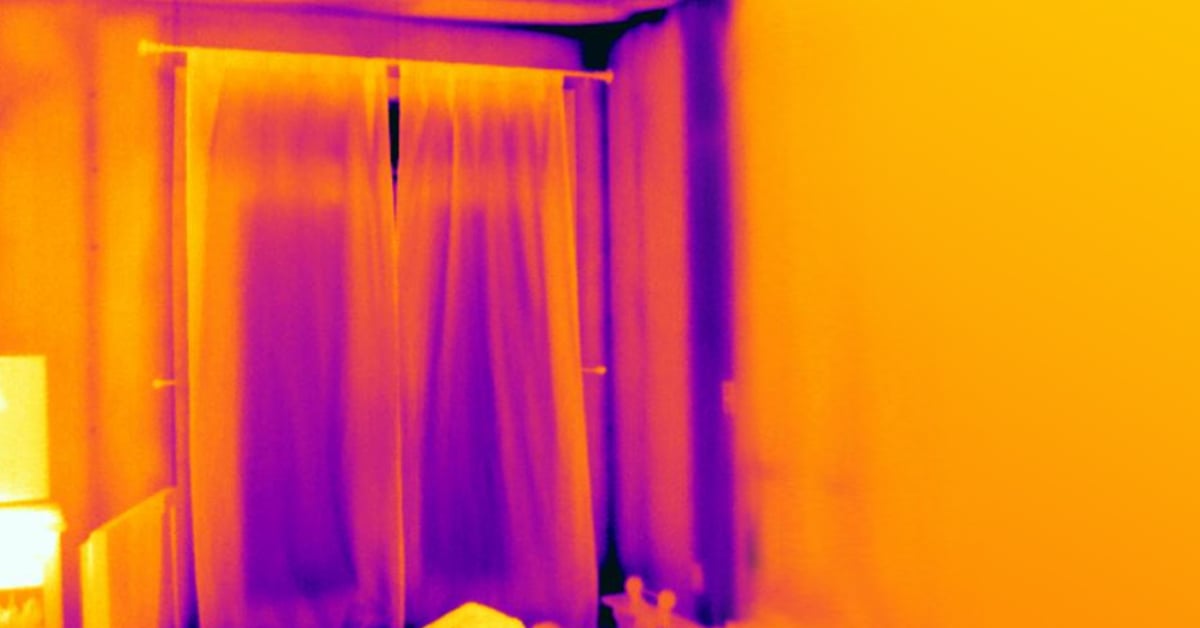How Can You Tell If Your House is Missing Insulation?
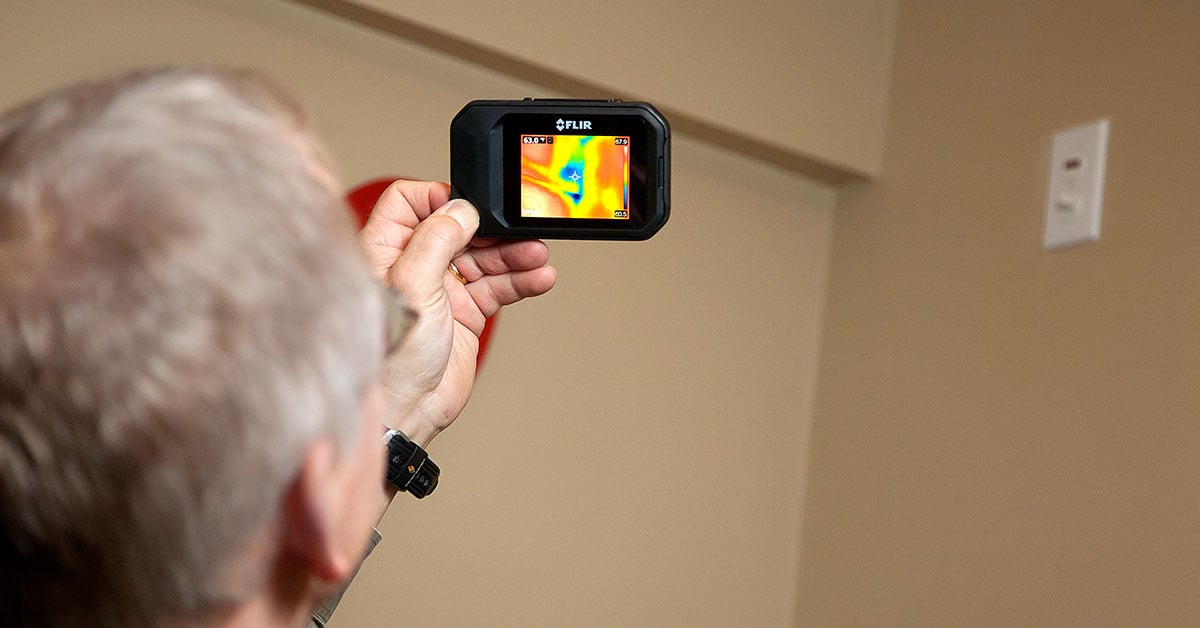
Anyone living in an improperly insulated house knows how difficult it can be to keep your home warm, cool, or just livable. Small sections of missing insulation can make a huge difference to your energy bill, and may even cause physical damage to your home over time if mold starts to grow where condensation forms on walls, or ice dams are caused by snow melting and refreezing on your roof.
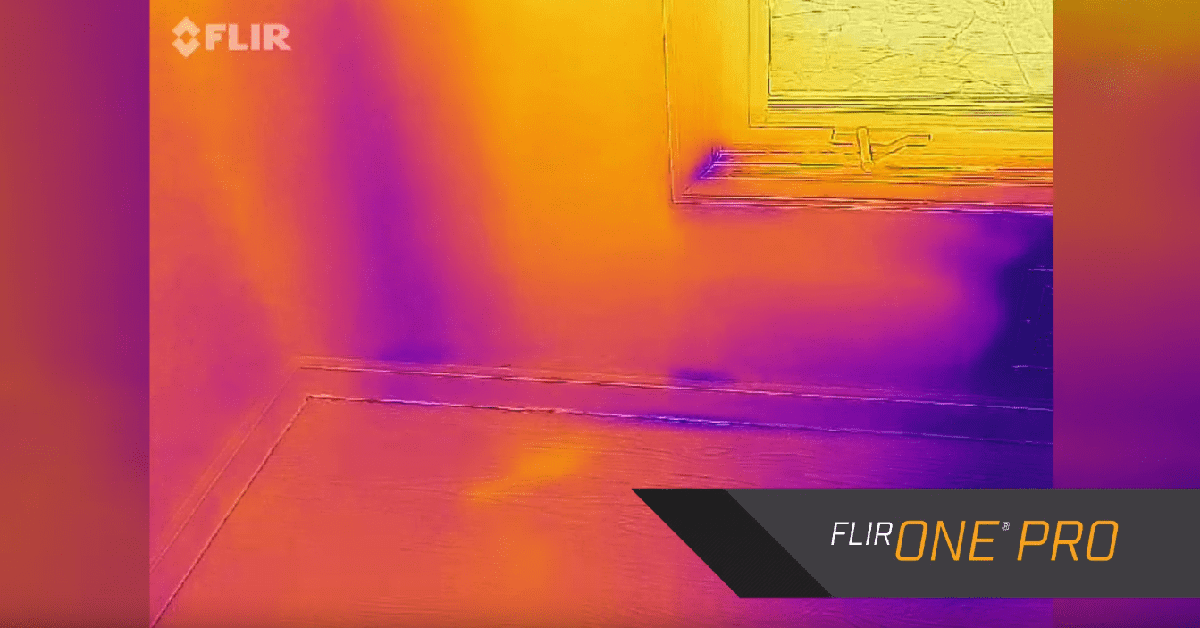
Unless you want to tear down your walls, you can't usually see where you're missing insulation, making it a frustrating problem to try and tackle. However, you are able to see areas of missing insulation with thermal imager.
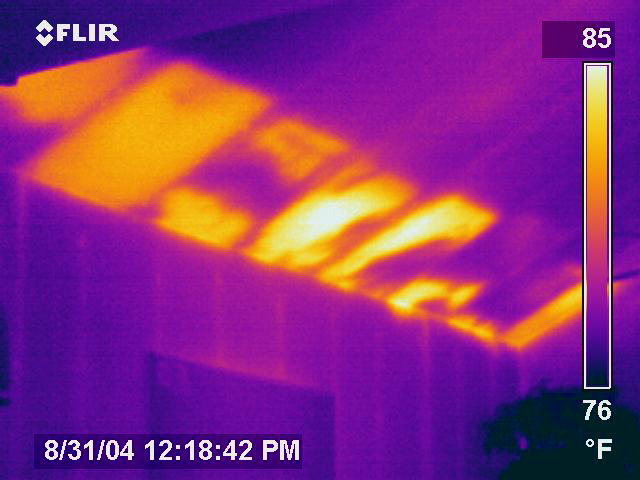
Missing insulation allows either heat or cold to infiltrate, which shows as hot or cold spots on your walls or ceiling when viewed by a thermal camera. You can easily detect areas of missing insulation by walking around your house with a thermal imager and looking for temperature differences.
For best results, you’ll want at least a 20 degree temperature difference. This can be achieved by heating your house up on a cold day or turning on the air conditioning when it’s hot outside. Mark any spots where you see a temperature differences as probable locations of missing insulation.
Common areas where you’re likely to find missing insulation include the space around outlets and switches; the edges of attics where the outside walls meet the roof; and unfinished garages, which if connected to the rest of the house can siphon huge amounts of heat during the winter. Insulation in wall cavities can also settle over time, causing gaps to appear.
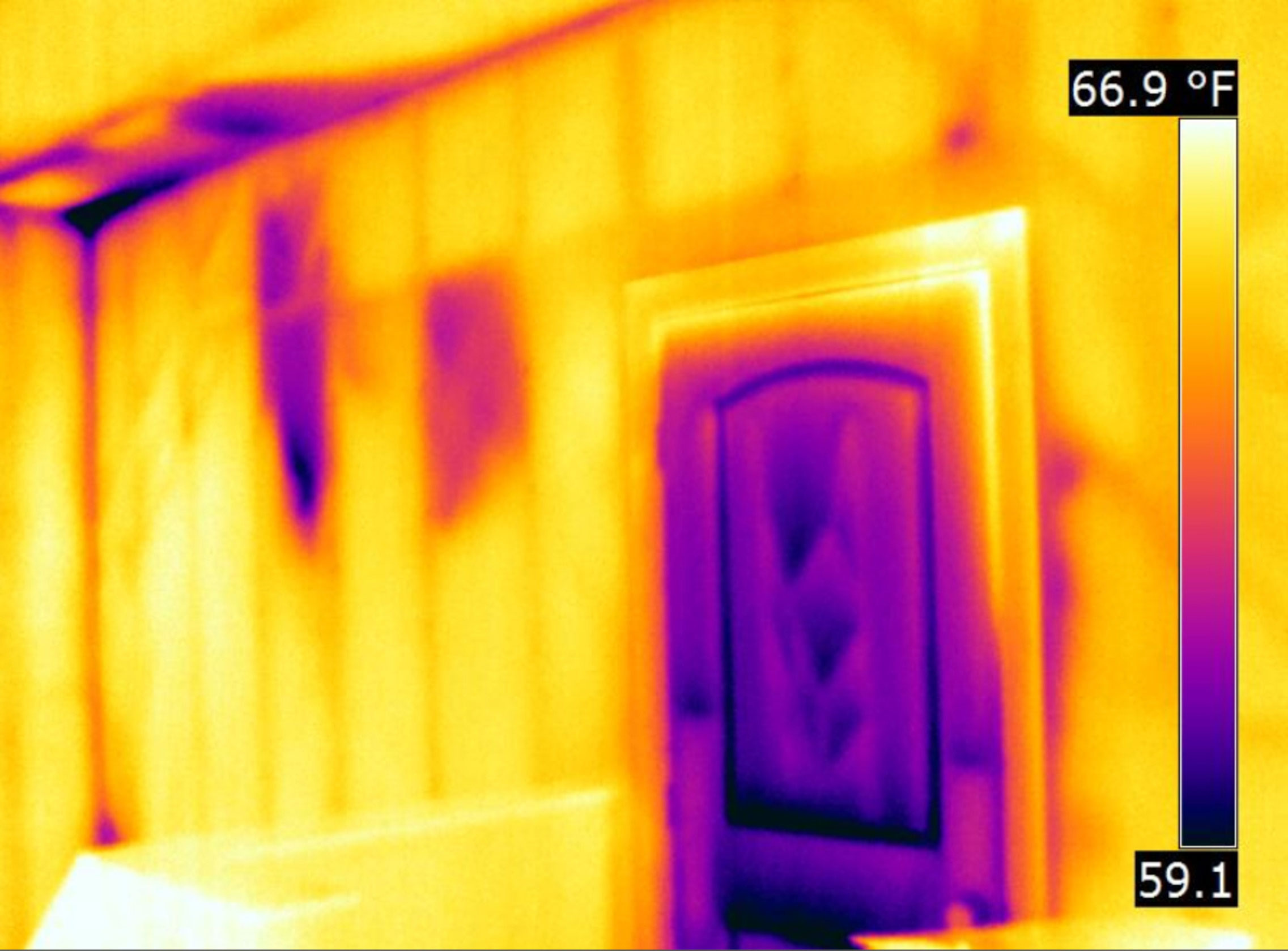
Fixing the problem of missing insulation is a relatively simple way to make a huge difference in your energy bill and improve your home’s thermal qualities. With a FLIR ONE® or FLIR Cx-Series thermal camera, homeowners can easily check for missing insulation themselves and perform some quick fixes or know when it’s time to call a contractor.
Many FLIR thermal imaging cameras, like the ones mentioned above, now offer automatic connection to the FLIR IgniteTM cloud, which is a convenient location to store, organize, and share images, as well as produce quick reports that showcase repairs needed and repairs made. From Ignite, you can download and transfer images to FLIR Thermal Studio Suite. This state-of-the-art analysis and reporting software suite offers batch processing, thermal image analysis, custom reporting, and even leak-rate cost analysis for acoustic images.
Thermal Studio Pro has the added advantage of FLIR Route Creator with Reference Imaging which helps users organize efficient inspections that include reference images at each inspection point to ensure you collect comparable, historical data at each asset.
![]()

